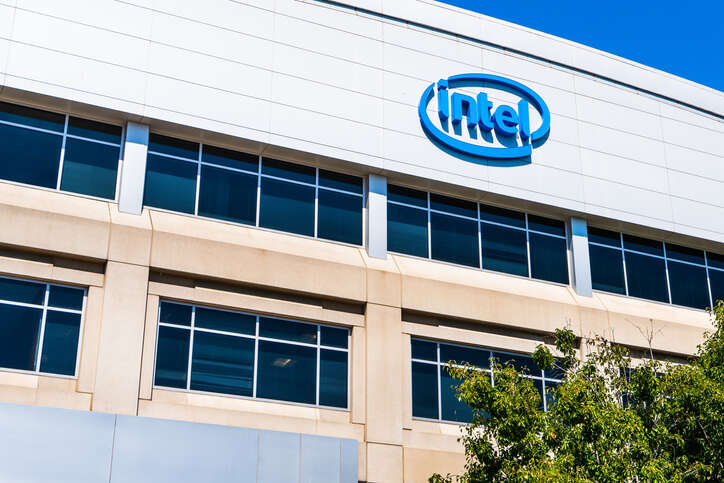
Intel’s plans to build new leading edge chip factories to compete with TSMC and Samsung have been boosted after the semiconductor giant agreed $30bn funding package with Canada’s Brookfield Asset Management to aid the construction of new foundries in Arizona.

The US chipmaker says the joint funding package represents “a new funding model to the capital-intensive semiconductor industry”, and says the backing of the asset manager will allow it to further its ambitious plans to build manufacturing capacity.
What are Intel and Brookfield Asset Management funding?
Between them the two companies will invest at least $30bn in two new leading-edge fabs at Intel’s Ocotillo campus in Chandler, Arizona, with Intel funding 51% and Brookfield funding 49% of the total project cost.
Intel will retain majority ownership and operating control of the new chip factories in Chandler, which it says will support long-term demand for Intel’s products and provide capacity for Intel Foundry Services (IFS) customers. IFS is a new division of Intel set up to provide chip making services to other companies as part of the IDM 2.0 strategy championed by CEO Pat Gelsinger since he took the reins last year.
Intel, which has previously focused on making chips for its own use, hopes IFS will eventually be able to compete with TSMC, the market leader in contract chip making. To do this it will need to develop new manufacturing facilities so it has sufficient capacity to build cutting edge chips on new process nodes such as three nanometer, and it has plans for fabs in Arizona and Ohio, as well as across the Atlantic in Europe, to do just that. It has already lined up some notable customers, including fabless chipmaker Mediatek, historically a TSMC client, for IFS.
“Semiconductor manufacturing is among the most capital-intensive industries in the world, and Intel’s bold IDM 2.0 strategy demands a unique funding approach,” said said David Zinsner, Intel CFO. “Our agreement with Brookfield is a first for our industry, and we expect it will allow us to increase flexibility while maintaining capacity on our balance sheet to create a more distributed and resilient supply chain.”
Why Intel needs financial assistance for its new chip factory
But it is likely Intel would have preferred to fund its new factories – and keep all the associated revenue – itself, especially in light of the signing of the CHIPS and Science Act, a new piece of legislation which approved the provision of $52.7bn in subsidies for US semiconductor production and research.
However, as reported by Tech Monitor, the end of the global chip shortage, which has fuelled big profits for companies in the sector over the last two years, have put a question mark over the factory building plans of Intel, TSMC, and Samsung.
Last month Intel reported quarterly revenue $2.6bn short of expectation and 17% down on the previous year. CEO Pat Gelsinger blamed challenging economic conditions and said a “once in 10 years” adjustment to inventories was being made by its customers in response to falling demand. With this in mind, it is no surprise it has sought outside help to complete its new Arizona fabs, which are set to be fully operational by 2024.
Tech Monitor is hosting a roundtable in association with Intel vPro on how to integrate security into operations. For more information, visit NSMG.live.






